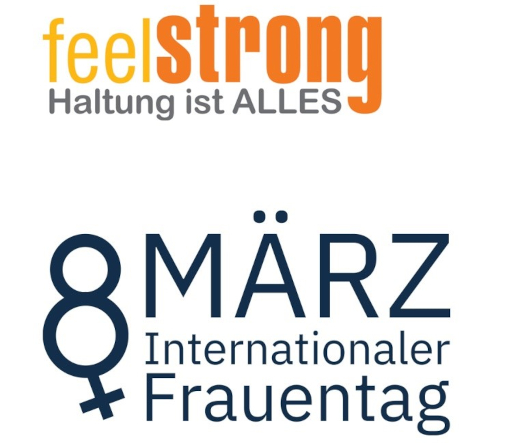Veranstaltungen

- Diese Veranstaltung hat bereits stattgefunden.
Mit einer aufrechten Körperhaltung zu einem selbstbestimmten ICH
6. März um 18:00 bis 19:00

Was passiert mit mir und was bei meinem Gegenüber, wenn ich mich gerade hinstelle?
Tipps und Tricks für ein selbstsicheres Auftreten
Mittwoch 6. März 2024
von 18 – 19 Uhr
Ort:
BRIG
Stresemannstraße 46
Bremerhaven
Dozentin: Anja Kempf
Anmeldung bei:
anjakempf@feelstrong.de
– mit Angabe von Name und Telefonnummer


